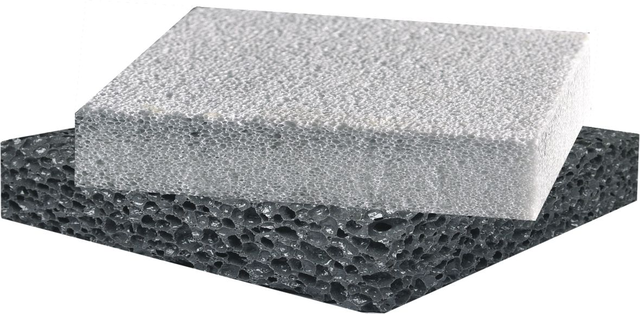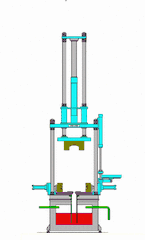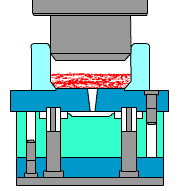Injection molding, simply speaking, is a process of using metal materials to form a cavity in the shape of a part, applying pressure to molten fluid plastic to inject it into the cavity and maintaining the pressure for a period of time, and then cooling the plastic melt and taking out the finished part. Today, let’s talk about several common molding techniques.
1. Foaming
Foam molding is a processing method that forms a porous structure inside the plastic by physical or chemical means.
Process:
a. Feeding: Fill the mold with the raw material to be foamed.
b. Clamping heating: Heating softens the particles, vaporizes the foaming agent in the cells, and allows the heating medium to penetrate to further expand the raw materials. The molding is then restricted by the mold cavity. The expanded raw material fills the entire mold cavity and bonds as a whole.
c. Cooling molding: Let the product cool and demould.
Advantages: The product has high thermal insulation effect and good impact resistance.
Disadvantages: Radial flow marks are easily formed at the front of the material flow. Whether it is chemical foaming or micro-foaming, there are obvious white radial flow marks. The surface quality of the parts is poor, and it is not suitable for parts with high surface quality requirements.
2. Casting
Also known as casting molding, a process in which a liquid resin raw material mixed polymer is put into a mold to react and solidify under normal pressure or a slight pressure environment. Nylon monomers and polyamides With the advancement of technology, the traditional casting concept has changed, and polymer solutions and dispersions including PVC pastes and solutions can also be used for casting.
Cast molding was first used for thermosetting resins and later for thermoplastic materials.
Process:
a. Mold preparation: Some need to be preheated. Clean the mold, pre-apply mold release if necessary, and pre-heat the mold.
b. Configure the casting liquid: Mix the plastic raw materials, curing agent, catalyst, etc., discharge the air and put it into the mold.
c. Casting and curing: The raw material is polymerized and cured in the mold to become the product. The hardening process is completed under normal pressure heating.
d. Demoulding: Demoulding after curing is complete.
Advantages: The required equipment is simple and no pressure is required; the requirements for the strength of the mold are not high; the product is uniform and the internal stress is low; the size of the product is less restricted, and the pressure equipment is simple; the mold strength requirements are low; the workpiece is uniform and the internal stress is low, Workpiece size restrictions are small and no pressurizing equipment is required.
Disadvantages: The product takes a long time to form and the efficiency is low.
Application: Various profiles, pipes, etc. Plexiglass is the most typical plastic casting product. Plexiglass is a more classic plastic casting product.
3. Compression molding
Also known as transfer plastic film molding, it is a molding method of thermosetting plastics. The workpiece is cured and formed in the mold cavity after heating and pressing and then heating.
Process:
a. Feed heating: Heat and soften the raw materials.
b. Pressurization: Use a flap or a plunger to press the softened and molten raw material into the mold.
c. Forming: Cooling and demoulding after forming.
Advantages: Less workpiece batches, reduced labor costs, uniform internal stress, and high dimensional accuracy; less mold wear can form products with fine or heat-enhancing inserts.
Disadvantages: High cost of mold manufacturing; large loss of plastic raw materials.
Post time: May-18-2022





